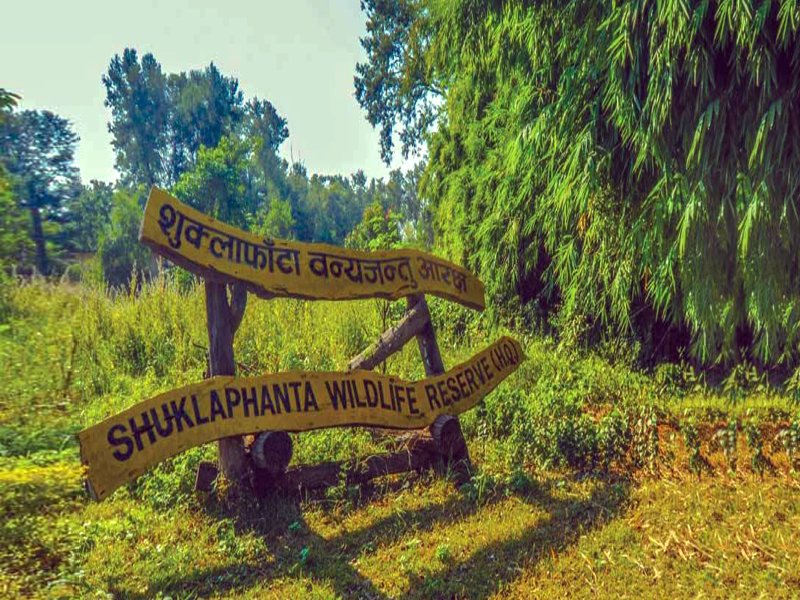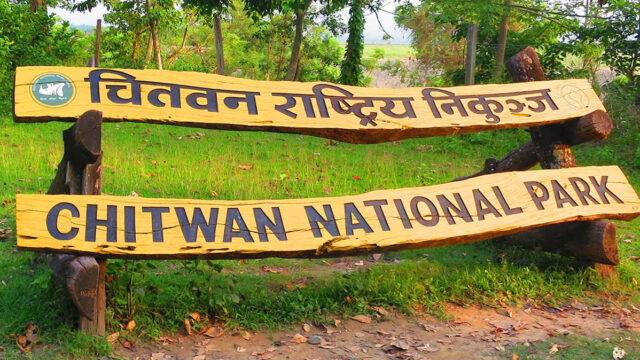Shuklaphanta National Park, located in Mahendranagar, has reopened for tourists after being temporarily closed due to flood damage earlier this year. Jungle safaris were officially resumed last Thursday, following repairs to tourist pathways that were affected by monsoon floods in Ashadh.
Manoj Aire, the Conservation Officer at Shuklaphanta National Park, explained that the reopening was delayed this year due to the extensive damage caused by the floods. “We have reopened the jungle safari later than usual because floodwaters damaged several roads and wooden bridges inside the park. Repairs took time, which is why we opened later than previous years,” Aire stated. He added that while the main pathways are now operational, work on some secondary roads, including gravel laying, is still underway.
Shuklaphanta National Park, spanning 305 square kilometers, is renowned for its large population of swamp deer (Barasingha), with over 2,000 individuals seen in herds across the park’s vast grasslands. The park is also home to Bengal tigers, with the latest survey recording 44 tigers within the park’s boundaries.
In addition to its diverse wildlife, the park is famous for rare species such as one-horned rhinoceros, elephants, and numerous other mammals. Shuklaphanta is also a biodiversity hotspot, boasting 12 species of reptiles, 20 species of amphibians, 24 species of fish, and 35 species of butterflies. According to park officials, the most recent count reported 80-90 blue bulls (Nilgai) and 449 species of birds, including globally rare species such as the Sarus crane, Bengal florican, and lesser adjutant stork.
The park remains a popular destination for wildlife enthusiasts, but visitor numbers have been modest. Last fiscal year, the park saw 3,067 visitors, including only 250 foreign tourists. Despite this, efforts are ongoing to promote tourism and attract more visitors to this unique natural reserve.
Shuklaphanta is not just a haven for wildlife but also for its rich flora, including rare plant species, making it an essential ecological site in Nepal’s conservation landscape.
Source: RSS






